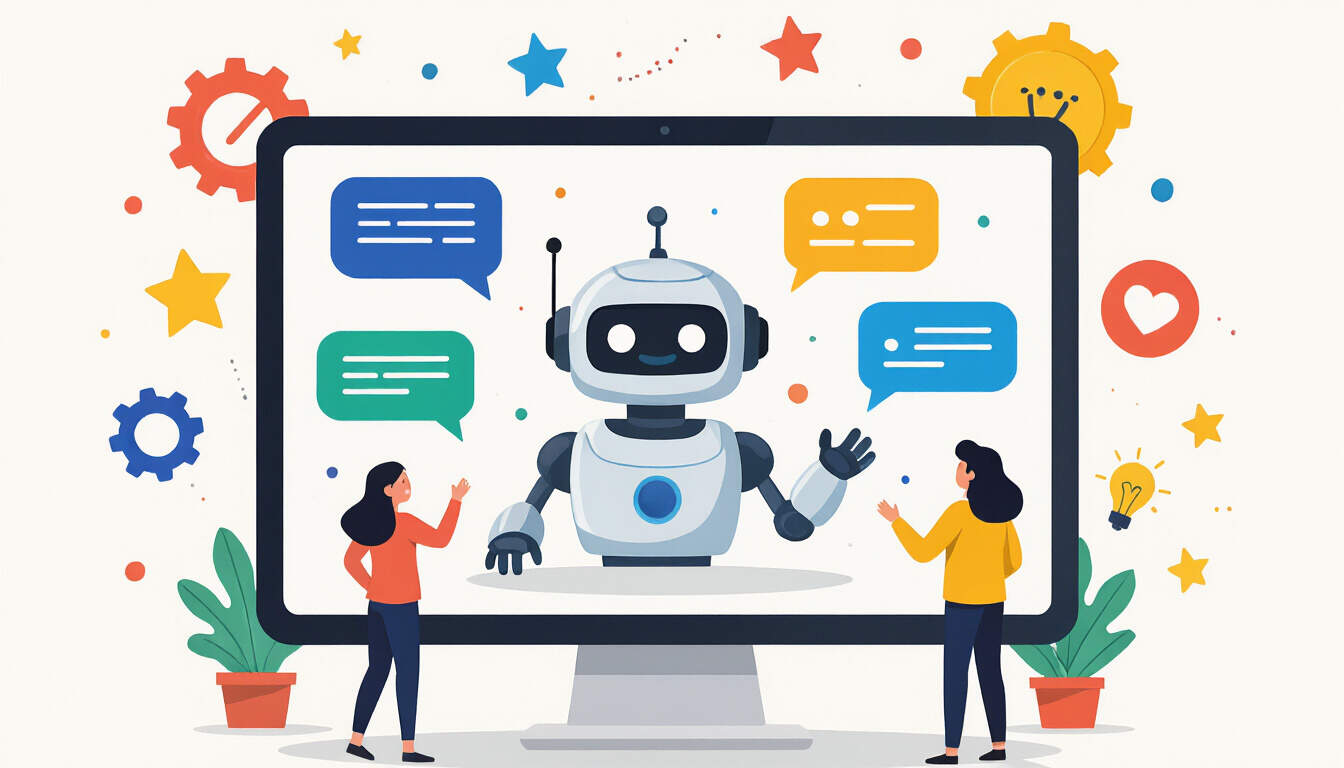Zero-Code Chatbots: A Practical Approach to MVP Validation
 by Verner Mayer
by Verner Mayer
Discover how zero-code chatbots enable entrepreneurs to quickly build and test minimum viable products without coding expertise. This guide covers essential strategies, tools, and steps for effective validation, helping startups save time and resources.

Zero-code chatbots offer a straightforward way for entrepreneurs and product managers to create interactive experiences. These tools let users build conversational interfaces without writing code, making them ideal for testing ideas early.
In the early stages of product development, validating concepts is key. For instance, zero-code chatbots allow teams to prototype and gather user feedback rapidly. This approach helps identify potential issues before full investment.
One main advantage is the speed of deployment. With MVP validation, entrepreneurs can set up a chatbot in hours using intuitive platforms. These platforms often include drag-and-drop features and pre-built templates, enabling quick iterations based on real user interactions.
Consider the process of building a chatbot for customer service. Startups can use tools that integrate with existing systems, like messaging apps, to collect data on user preferences. This data informs product adjustments, ensuring the final offering meets market needs.
Key Benefits of Zero-Code Chatbots for Validation
Using zero-code solutions reduces barriers for non-technical teams. They provide cost-effective options, as there is no need for hiring developers initially. This accessibility empowers product managers to focus on core ideas rather than technical details.
Another benefit involves user engagement. Chatbots can simulate real conversations, offering insights into how customers interact with a product. For example, a startup testing a new app might deploy a chatbot to answer queries and track responses, revealing what features resonate most.
Popular Tools for Getting Started
Several platforms stand out for their ease of use. One option includes user-friendly builders that support natural language processing without complex setups. These tools allow customization through simple interfaces, where users define conversation flows visually.
For instance, platforms with visual editors enable dragging elements like buttons and responses into place. This method suits teams aiming to test hypotheses quickly. By linking the chatbot to analytics dashboards, users can monitor engagement metrics in real time.
Strategies for Effective MVP Validation
To maximize results, start with clear objectives. Define what you want to learn from the chatbot interactions, such as user pain points or feature preferences. Then, create a simple prototype that addresses these goals.
Testing is crucial here. Roll out the chatbot to a small group and analyze the feedback. Use this information to refine the product iteratively. For example, if responses show confusion about a feature, adjust the chatbot's script accordingly.
Collaboration is also important. Involve team members from different areas to ensure the chatbot covers various aspects of the product. This holistic view leads to more comprehensive validation.
Real-World Applications
Many startups have succeeded with this method. A health tech company, for example, used a zero-code chatbot to validate an appointment booking system. By engaging potential users through messages, they gathered data on preferred times and preferences, shaping their MVP effectively.
In e-commerce, chatbots help test personalized recommendations. Businesses deploy them on websites to suggest products based on user input, then use the results to optimize algorithms. This hands-on testing accelerates the path to a viable product.
Steps to Implement Your Own Chatbot
Begin by selecting a suitable platform based on your needs, such as one that supports multiple channels like web and mobile. Next, outline the conversation paths you want the chatbot to follow. Keep them simple to start, focusing on core interactions.
Once built, integrate it with data collection tools to track user behavior. Test thoroughly with internal teams before going live. Finally, iterate based on the insights gained, making adjustments as needed.
Overcoming Common Challenges
While zero-code chatbots are user-friendly, some challenges may arise, like ensuring accurate responses. Address this by regularly updating the content based on user data. Additionally, maintain data privacy by following best practices from the outset.
By staying adaptable, teams can turn potential obstacles into opportunities for improvement. This mindset keeps the validation process dynamic and effective.
In summary, zero-code chatbots serve as valuable assets for MVP validation. They provide practical tools for entrepreneurs to test and refine ideas efficiently. With the right strategies, these solutions can lead to successful product launches and sustained growth.
